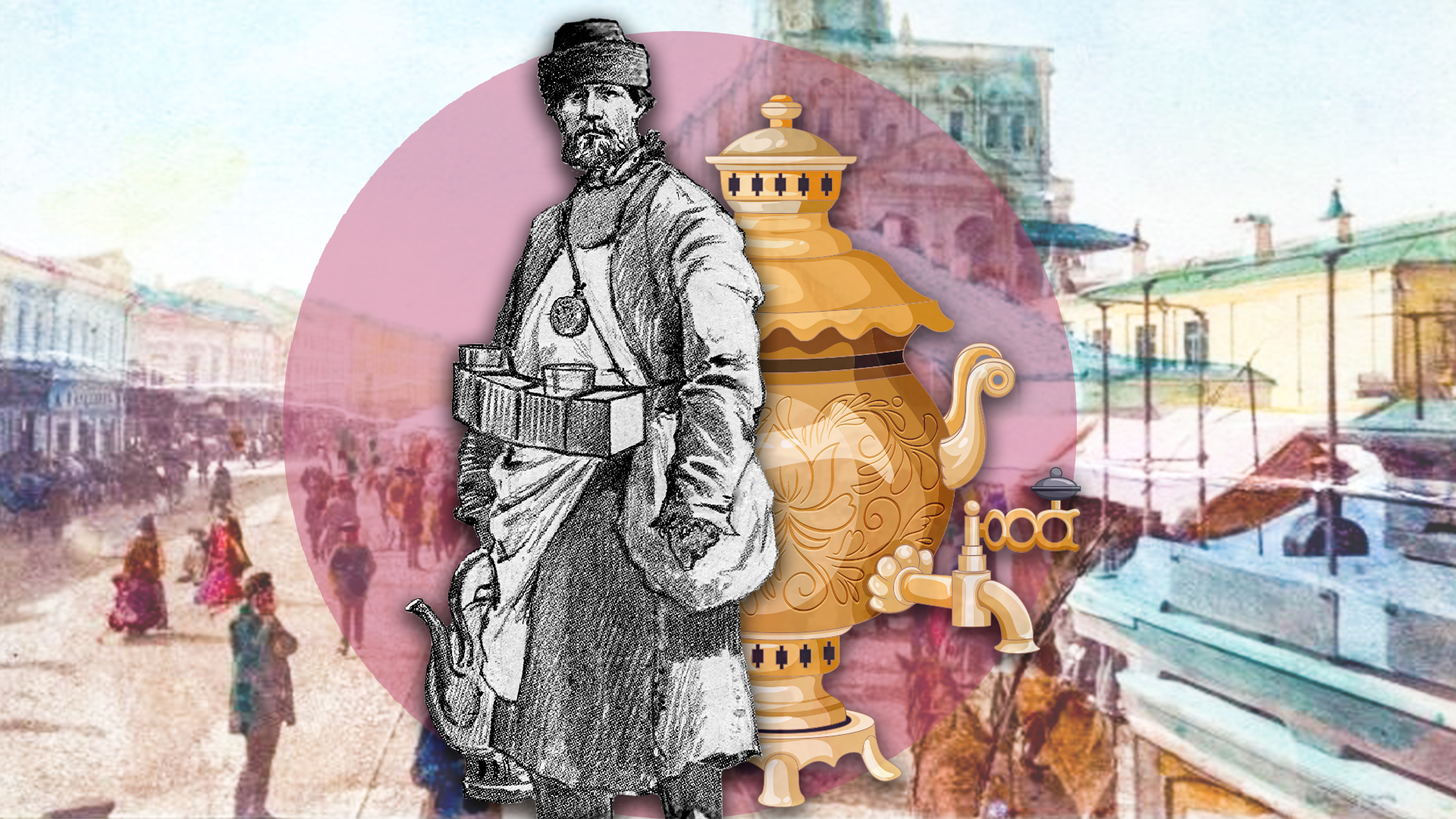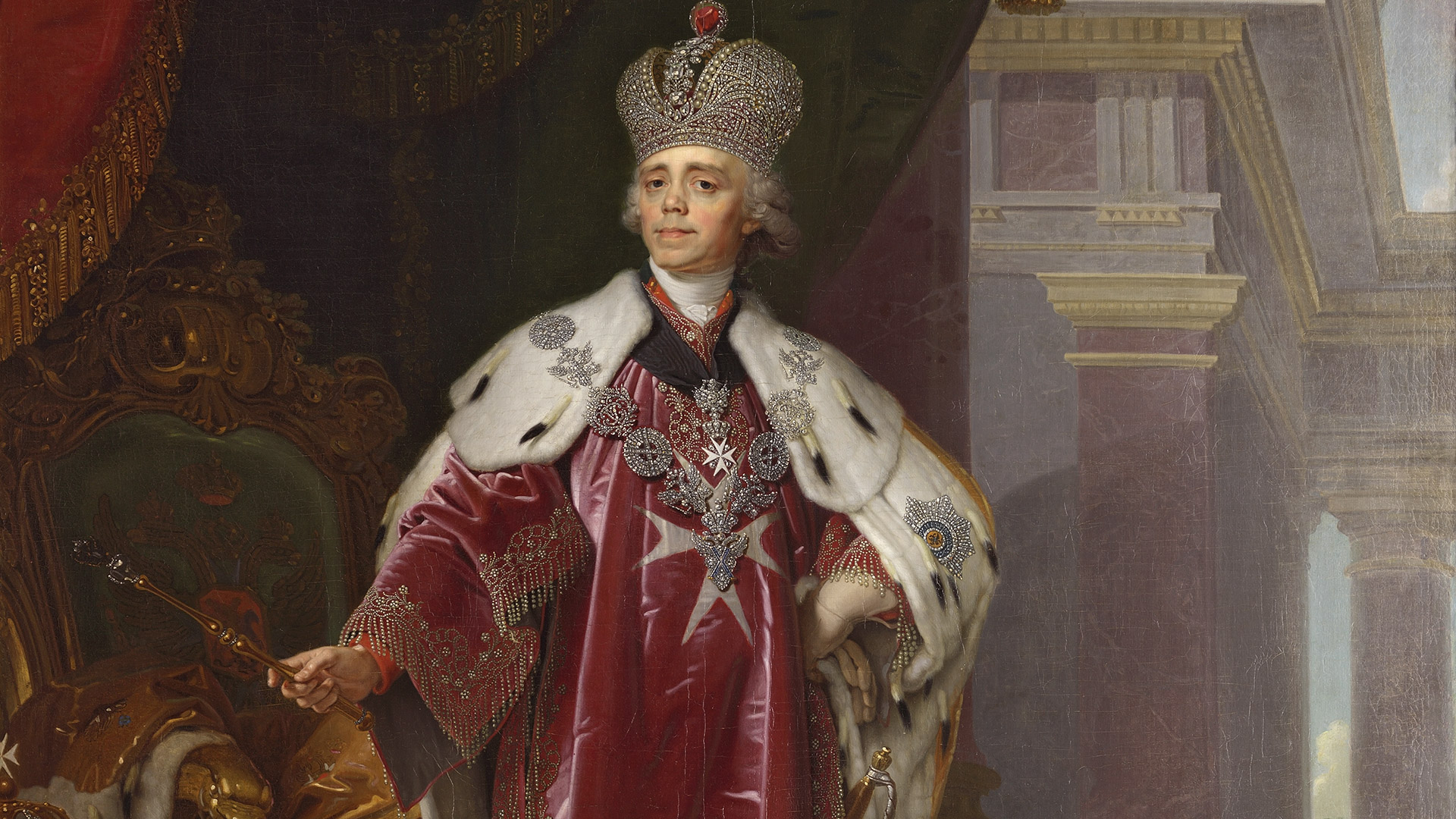
5 Ancient Greek cities that you can visit… in Russia!

In the 7-6 centuries B.C., the Greeks began to settle the northern shore of the Black Sea, founding their colonies there. The Bosporan Kingdom formed on the Kerch Peninsula and the Taman Peninsula, as well as on the western shore of the Sea of Azov (or, as the Greeks called it, Maeotis); this kingdom existed right until the 6 century A.D.

The contemporary Kerch Strait between Crimea and the Taman Peninsula was called Cimmerian Bosporus by the Ancient Greeks (while the Bosporus Strait, familiar to us, they called the Thracian Bosphorus).
1. Panticapaeum
 The ruins of ancient Panticapaeum in Kerch
The ruins of ancient Panticapaeum in Kerch
The city of Panticapaeum was the capital of the Bosporan Kingdom. It was founded on the Kerch Peninsula in Crimea back in the 7 century B.C. on the territory of the modern city of Kerch – because of which Kerch is considered to be the most ancient city on the territory of Russia.
 King’s Mound in Panticapaeum
King’s Mound in Panticapaeum
The ruins of a grand acropolis survive to our day, the main temple of which was dedicated to Apollo. The noble King’s Mound has also survived – the tomb of the Spartocid dynasty, which ruled the Bosporan Kingdom.
 A sarcophagus from Myrmekion in the Hermitage collection
A sarcophagus from Myrmekion in the Hermitage collection
There’s also a whole range of other ancient sites and settlement ruins on the territory of modern Kerch. The largest of them are:
- Nymphaion (which was part of the Delian League and paid taxes directly to Athens)
- Myrmekion (a large necropolis of this ancient city was discovered in the 19 century, with surviving marble sarcophagi)
- Porthmeon (a defensive city that protected the crossing over the Kerch Strait)
- Tyritake (where a lot of stone fish-salting baths were found during excavations)
 The fish-salting baths of Tyritake
The fish-salting baths of Tyritake
2. Chersonesus
One of the most famous and largest ancient ruins is the city of Chersonesus or, as it was called by the Greeks, Tauric Chersonese (they called Crimea ‘Taurica’). This city in the Crimean southwest was founded in the 5 century B.C. and existed for longer than other ancient poleis and settlements – until the 14 century, despite participating in many wars.
 The Chersonesus Basilica (with the modern St. Vladimir’s Orthodox Cathedral in the background)
The Chersonesus Basilica (with the modern St. Vladimir’s Orthodox Cathedral in the background)
The ruins of an ancient theater, basilica, a fortress wall and other buildings survived from Chersonesus.
 The ancient theater of Chersonesus
The ancient theater of Chersonesus
Chersonesus lies on the territory of modern Sevastopol. One of the few such cities, it has a direct link to Russia. It’s believed that it was there where, in 988, Prince Vladimir, the baptizer of Russia, converted to Christianity.
3. Phanagoria
 Large-scale excavations in Phanagoria
Large-scale excavations in Phanagoria
Today, the name ‘Phanagoria’ is associated, first of all, with a wine brand and a large winery. But, in reality, that was the name of a large ancient city on the Taman Peninsula (the modern village of Sennoy in Krasnodar Territory). It was founded in the 6 century B.C. and was considered the second capital of the Bosporan Kingdom after Panticapaeum.
 Ancient Greek vessels in the shape of a sphinx and of Aphrodite, found during the excavations of a necropolis in Phanagoria
Ancient Greek vessels in the shape of a sphinx and of Aphrodite, found during the excavations of a necropolis in Phanagoria
‘Phanagoria’ was a large economic center and a rich city. The excavations in this location began back in the 18th century and continue to this day. There, the remains of the shrine to Aphrodite, a dozen mounds with items made of precious metals, as well as a large number of coins and other Ancient Greek artifacts were found. In 2019, one of the most ancient war ships of the 2-1 centuries B.C. was found on the bottom of Taman Bay near Phanagoria.
Today, Phanagoria is a museum and a reserve. You can virtually wander around the 3D-visualizations of the excavation here.
4. Gorgippia
 Archaeological museum and reserve Gorgippia
Archaeological museum and reserve Gorgippia
This city was founded in the 5 century B.C. on the territory of modern Anapa (the Krasnodar Territory). It was named after Gorgippus, the brother of a Bosporan king, who sent him here as a governor. Before, this place was occupied by Sindia, the capital of the Sindi people, which was subjugated into the Bosporan Kingdom.
 Golden items from a sarcophagus of the 2-3 century A.D.
Golden items from a sarcophagus of the 2-3 century A.D.
The excavations in Gorgippia discovered whole quarters of the ancient city. Stone-paved streets and a lot of home cellars survived. In tombs, untouched sarcophagi and golden treasure were also found.
5. Tanais
 The ruins of Tanais
The ruins of Tanais
This city was founded by the people that came from the Bosporan Kingdom in the 3 century B.C. on the northeast shore of the Sea of Azov, in the delta of the Don River (which the Greeks also called ‘Tanais’). Today, it’s the Rostov Region.
 The ‘Tanais’ museum has a lot of clay amphorae found during excavations
The ‘Tanais’ museum has a lot of clay amphorae found during excavations
It was a large trade center, which sold amphorae with wine and olive oil to nomads, supplied from the Greek islands (first of all, Rhodes) and other poleis. The city had a fortified citadel that served to protect from the nomads; however, even that couldn’t prevent the multitude of raids and destruction. In the 5th century, however, the city ceased to exist, abandoned by its inhabitants after yet another invasion.













